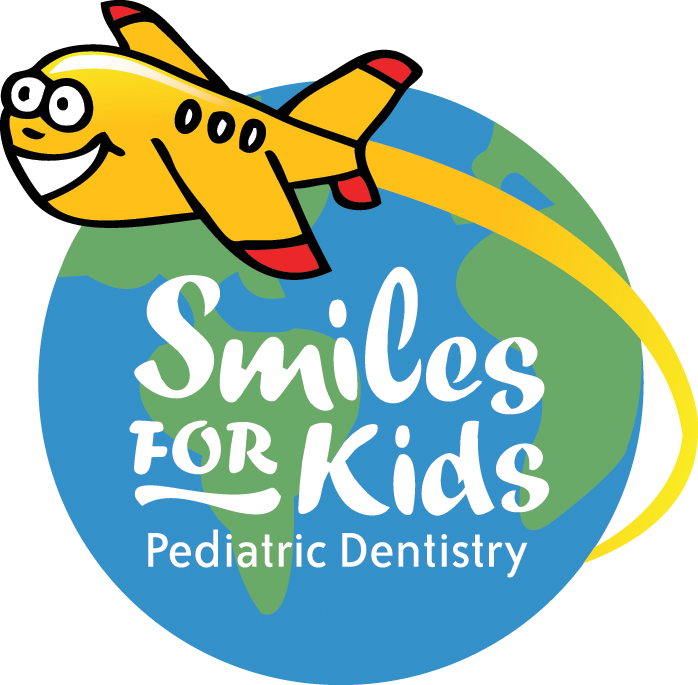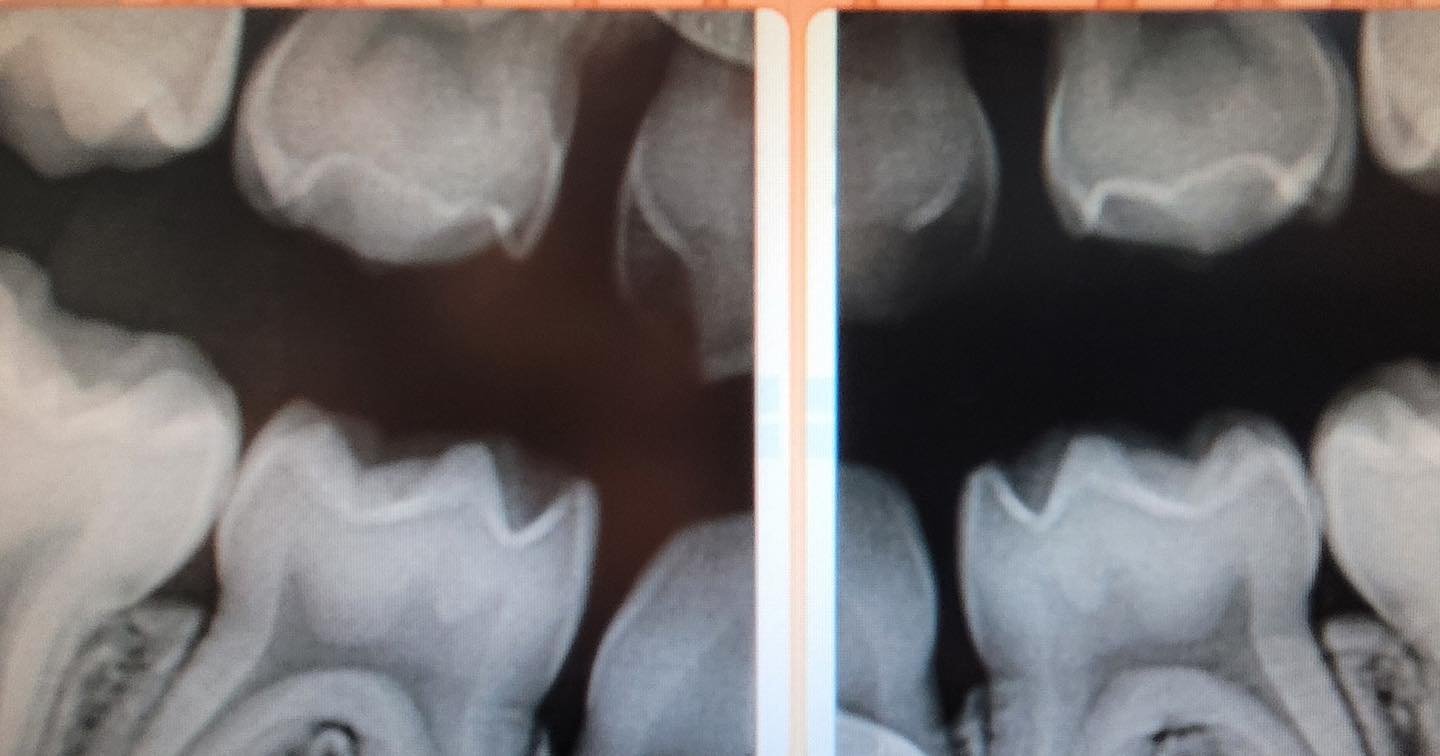But the commercial said these are "healthy" drinks! Are they healthy or not?
/Most people know that cokes and sodas are not good for your health or teeth because they contain lots of sugars! There are many drinks out there that are advertised as “healthy” but truly aren’t. These include Gatorade, fruit juice drinks, bubbly or flavored waters, energy drinks, and more. The following are some examples of these types of beverages:
Sports/Energy drinks – While they market themselves to contain electrolytes which might seem enticing for after sports and activities, several brands contain low pH, which means it is acidic. Acidic drinks can weaken the teeth by eroding enamel. When the enamel is weak, your teeth become sensitive to heat and cold and susceptible to cavities. Also check the grams of sugar, sodium and other chemicals they sneak into these drinks that are not good for overall health. Instead reach for coconut water! Coconut water provides much-needed electrolytes!
Fruit juices – Most people think that fruit juices are healthy so they take it in large doses and often give it to their children as sources of vitamins. However, fruit juices can never replace the benefits that you get from eating real fruits. Even the ones marketed as “organic” can contain high levels of sugar. Fruit juices’ sugar and acidity levels are high enough to weaken the tooth enamel.
Sparkling water - these waters can be very acidic since they contain carbonic acid. Which means it can erode tooth enamel!
Tea – Tea is an antioxidant and several studies show that it is good for overall health. But it can also erode and stain teeth. Black tea is found to erode teeth faster than the green variety. However, this effect is not as fast when compared to that of fruit juices and energy drinks because there is no sugar in plain tea unless it is artificially added. Be careful of the sweetened teas also like Boba and canned Arizona teas that contain flavorings. Thats all sugar!
Bottled water – Water in general is an excellent choice for rehydration, but bottled water does not contain fluoride, an ingredient that helps keep teeth strong and healthy. So when available, drink fluoridated tap water instead. It does not only save you a few dollars but also helps you keep your pearly whites for many years.
Here are some tips on minimizing damage from sugary and acidic drinks:
Read the label. If you can’t resist reaching for a “healthy” drink, at least choose one that has the least sugar and right pH level.
Use a straw to minimize contact of acid and/or sugar ingredients on your teeth and drink it in a short amount of time, instead of sipping on it throughout the day.
Fluoridated tap water remains the best choice so reach for the faucet instead of acidic beverages.
After having an acidic drink, rinse your mouth with water to give your enamel time to recover.
Brush your teeth twice daily with fluoride toothpaste, and floss daily!
Visit your dentist regularly. Check-ups are important for maintaining a healthy smile!
















